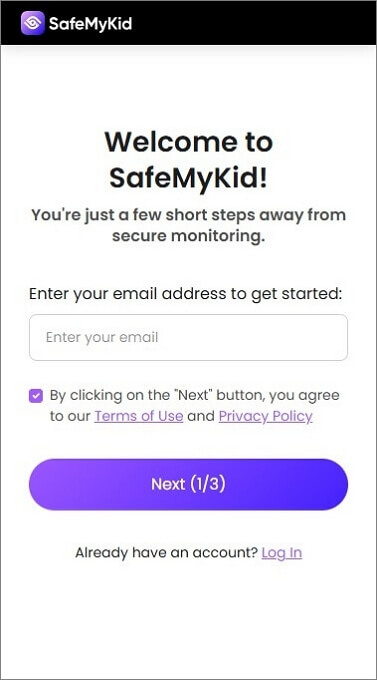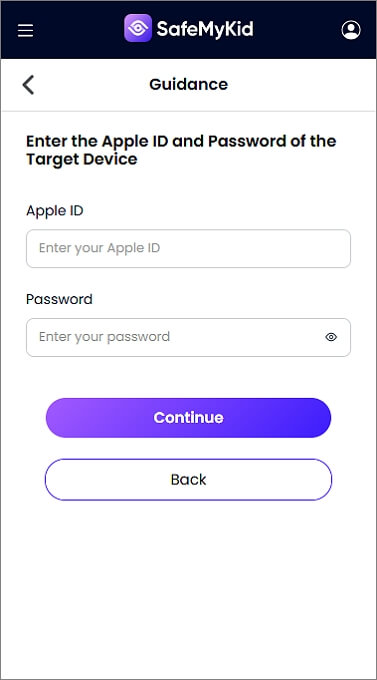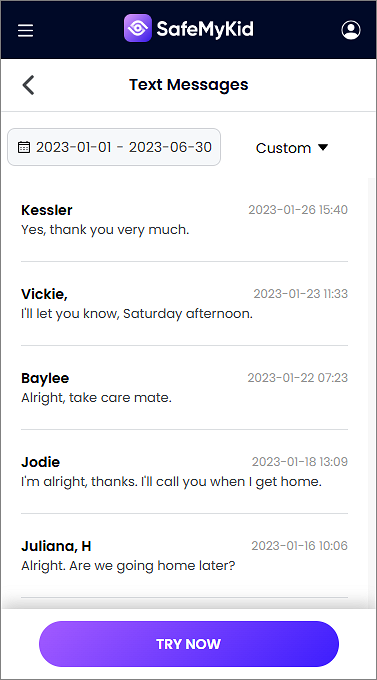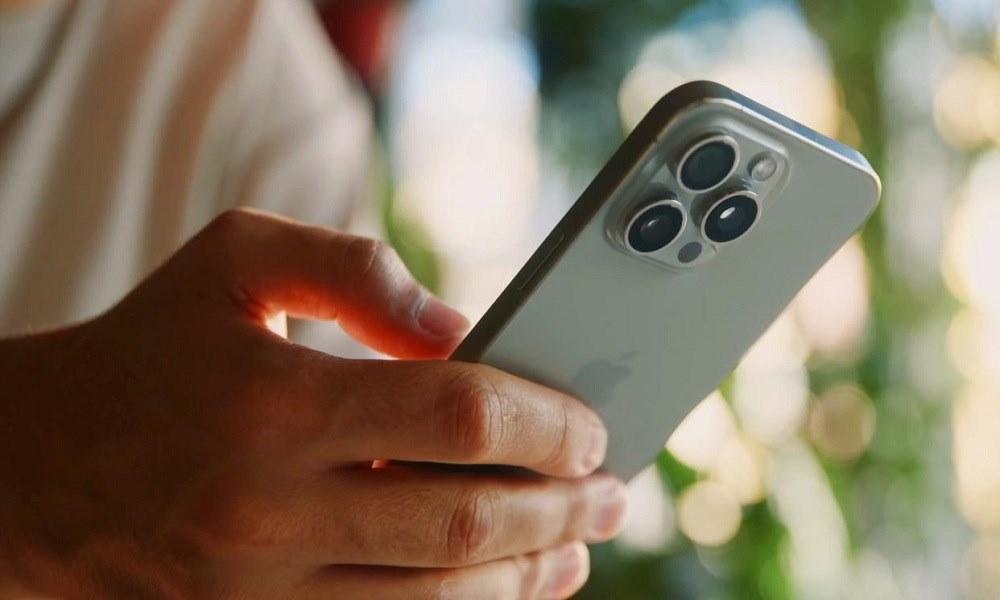How to Retrieve Deleted Messages on iPhone: 7 Effective Recovery Methods Explained

The question "how to retrieve deleted messages on iPhone" often emerges from one of the most frustrating digital experiences, creating a sense of panic and urgency when important conversations suddenly disappear from your device.

When facing message loss, understanding the available recovery options and their effectiveness becomes crucial for successfully retrieving your valuable communications.
Why People Need to Retrieve Deleted Messages on iPhone and What to Know First
Before exploring recovery methods, understanding why iPhone messages disappear and the recovery possibilities creates realistic expectations for your message retrieval efforts.
Message loss typically occurs through accidental deletion, iOS updates, storage cleaning, or device malfunctions. These situations create different recovery scenarios depending on how recently the deletion occurred and what backup systems were previously enabled.
The recovery possibilities depend significantly on several factors: the time elapsed since deletion, whether you have existing backups, your iOS version, and whether you've continued using your device extensively after the message loss.
Before implementing recovery methods, understand that immediate action increases success rates, as new data gradually overwrites deleted information in your iPhone's storage system over time.
SafeMyKid - The Most Reliable Solution When You Need to Retrieve Deleted Messages on iPhone

When the question "how to retrieve deleted messages on iPhone" requires a professional solution, specialized recovery applications provide the most comprehensive approach to accessing deleted communications.
SafeMyKid offers a powerful message recovery solution that provides access to deleted texts through advanced scanning and retrieval technology.
Although primarily marketed for parental monitoring, its recovery features work effectively for retrieving your own deleted messages when you need to recover important conversations.
The application works across all iPhone models and iOS versions, providing message recovery, backup capabilities, and data retrieval that go beyond Apple's standard recovery options.
Key Features of SafeMyKid for Retrieving Deleted iPhone Messages
When needing to retrieve deleted messages on iPhone, SafeMyKid offers several features that provide comprehensive recovery capabilities:
- Deleted Message Recovery
Retrieve deleted text messages from the target iPhone, including deleted chats from apps like WhatsApp, iMessage, and Telegram——even after the user has removed them. - Real-Time Message Sync
Get live updates as new messages are sent or received, allowing you to monitor conversations in real time without delays. - Full Chat Histories
Access complete message threads——including timestamps, contact names, media attachments, and message status——for deeper insight into each conversation. - Cross-App Chat Monitoring
Track messages from multiple messaging apps like WhatsApp, Snapchat, iMessage, Viber, and more——whether they're native or third-party. - Media File Access in Chats
View shared images, videos, voice notes, and file attachments within messaging apps, even if the media has been deleted from the device. - Smart Search Filters
Quickly find relevant conversations by keyword, contact name, date, or app. No more scrolling through endless chat logs manually. - Conversation Timeline View
See messages organized by contact and date in a clean, chronological format, making it easy to review communication patterns and frequency. - Invisible Message Monitoring
SafeMyKid operates in stealth mode, so all message tracking occurs silently in the background without any notification or icon appearing on the device.
These recovery capabilities provide the most thorough approach to message retrieval, accessing data through multiple sources to maximize recovery success rates.
How to Use SafeMyKid to Retrieve Deleted Messages on iPhone
Implementing SafeMyKid for message recovery requires specific technical steps to ensure maximum retrieval success.
Step 1. Create Your SafeMyKid Recovery Account
Visit the SafeMyKid website to establish your recovery account with appropriate features for comprehensive message retrieval.

Step 2. Connect the iPhone to SafeMyKid
Use a computer to install the SafeMyKid desktop app and follow the guided connection steps. This enables full device scanning and data retrieval features essential for monitoring.

Step 3. Begin to Retrieve Your Deleted iPhone Messages
Initiate the scanning process, select the types of messages you want to recover, and access your retrieved messages through the secure dashboard interface.

When implemented properly with appropriate device access, SafeMyKid provides the most comprehensive message recovery through its sophisticated scanning and retrieval technology.
6 Alternative Methods to Retrieve Deleted Messages on iPhone (with Limitations)
These practical approaches provide different ways to retrieve deleted messages on iPhone, each with varying levels of effectiveness, technical requirements, and recovery limitations.
1. Recently Deleted Messages Folder (iOS 16+)

For newer iOS versions, Apple has implemented a "Recently Deleted" folder for messages that works similarly to the Photos trash bin, providing a straightforward recovery option for recently deleted conversations.
Implementation steps include:
- Open the Messages app on your iPhone
- Tap on the "Edit" button in the upper left corner
- Select "Show Recently Deleted" from the dropdown menu
- Browse messages deleted within the last 30 days
- Select the conversations you want to recover
- Tap "Recover" to restore them to your main message list
- Confirm the recovery when prompted
This method works best when messages were deleted within the past 30 days and you're running iOS 16 or newer on your iPhone.
The Recently Deleted folder approach provides the simplest recovery option but has a limited time window and only works for newer iOS versions.
Limitations:
- Only works on iOS 16 and newer versions
- Limited to messages deleted within the last 30 days
- Not available for messages deleted before the feature was implemented
- Doesn't recover messages manually deleted from the Recently Deleted folder
- Not applicable for third-party messaging apps
2. iCloud Backup Restoration
When the Recently Deleted folder doesn't contain your messages, restoring from an iCloud backup created before the deletion occurred provides a comprehensive method to retrieve deleted messages on iPhone.
Restore steps include:
- Verify you have a suitable iCloud backup from before the deletion
- Go to Settings > General > Reset > Erase All Content and Settings
- Follow the setup process until you reach "Apps & Data"
- Select "Restore from iCloud Backup"
- Sign in with your Apple ID credentials
- Choose the relevant backup from before the deletion
- Wait for the restoration process to complete
- Check your Messages app for the recovered conversations
This method provides a complete restoration of messages but requires erasing your current device data and replacing it with the backup version.
The iCloud restoration approach works effectively when you have recent backups, but it replaces all current data with the older backup version.
Limitations:
- Requires a prior iCloud backup from before message deletion
- Erases all current phone data and settings
- Loses any new data created after the selected backup date
- Time-consuming complete device restoration process
- Requires sufficient iCloud storage for regular backups
3. iTunes/Finder Backup Recovery
For users who regularly back up to a computer rather than iCloud, iTunes or Finder backups provide another comprehensive restoration option for retrieving deleted messages from your iPhone.
Computer backup restoration steps include:
- Connect your iPhone to the computer where backups are stored
- Open iTunes (on older macOS or Windows) or Finder (macOS Catalina or newer)
- Select your device when it appears in the application
- Choose "Restore Backup" from the device summary page
- Select the relevant backup from before the message deletion
- Click "Restore" and wait for the process to complete
- Enter your backup password if prompted
- Check your Messages app after the restoration finishes
This method works best when you have recent computer backups and are willing to replace all current device data with the backup version.
The computer backup approach provides complete message restoration, but like iCloud restoration, it replaces all current data with the older backup.
Limitations:
- Requires existing iTunes/Finder backups from before deletion
- Overwrites all current device data with backup data
- Loses any information created after the backup date
- Not selective for messages only (restores entire device)
- Requires regular connection to the computer for ongoing backups
4. Contact the Message Recipient
When technical recovery methods aren't viable, the simplest approach may be contacting the person you were messaging to request copies of your conversation, which can help you retrieve deleted iPhone messages without any specialized tools.
Implementation steps include:
- Reach out to the message recipient through alternative means (call, email, etc.)
- Explain your situation and request screenshots or forwards of the conversation
- Ask them to search for specific keywords if looking for particular messages
- Request that they send the screenshots in chronological order, if possible
- Compile the received screenshots into a single location for reference
- Save the images to your Photos app or cloud storage for future access
- Consider creating backups of important conversations going forward
This method provides a straightforward, non-technical approach that works regardless of backup status or deletion timeframe.
The recipient contact approach depends entirely on the other person's accessibility and willingness to assist with message recovery.
Limitations:
- Depends on whether the recipient still has the messages
- Requires the recipient's cooperation and time
- Only works for two-person conversations (not group chats with multiple members)
- It may be uncomfortable for sensitive or private conversations
- Quality and completeness depend on the recipient's thoroughness
5. Check Other Synced Apple Devices
If you use multiple Apple devices with the same Apple ID, messages may still exist on other devices even when deleted from your iPhone, providing another way to retrieve deleted messages without technical recovery methods.
Cross-device checking steps include:
- Access your iPad, Mac, or other Apple devices signed in with your Apple ID
- Open the Messages app on each device
- Check if message synchronization occurred before the deletion
- Look for the specific conversations that were deleted from your iPhone
- Take screenshots or copy important content for safekeeping
- Save recovered content to secure cloud storage
- Update your backup settings to prevent future message loss
This method works best when you use multiple Apple devices and have message synchronization enabled across your devices.
The synced device approach provides a simple recovery option without requiring technical procedures, but it depends on your device ecosystem configuration.
Limitations:
- Requires ownership of multiple Apple devices
- Depends on message synchronization being active before deletion
- Only works if devices weren't connected during deletion (otherwise, sync removes messages everywhere)
- Not viable for messages deleted long ago (syncing eventually catches up)
- Limited to Apple's ecosystem (doesn't help with third-party apps)
6. iPhone Data Recovery Software

Beyond SafeMyKid, various third-party data recovery applications offer specialized tools for retrieving deleted messages through direct device scanning.
Software recovery steps include:
- Research reputable iPhone data recovery applications
- Download and install the chosen software on your computer
- Connect your iPhone using a reliable USB cable
- Follow the application's specific scanning instructions
- Allow the software to scan your device for deleted messages
- Preview recovered messages before final restoration
- Select and recover the specific conversations you need
- Export recovered messages to a safe location for backup
This method works best when implemented soon after deletion occurs, before new data overwrites the deleted message space.
Third-party software approaches vary significantly in effectiveness based on the specific application, your device model, and how recently the deletion occurred.
Limitations:
- Recovery success rates vary widely between applications
- Most effective software requires purchase (not free)
- Some applications may have privacy or security concerns
- Works best when used immediately after deletion
- The technical process may be challenging for some users
How to Prevent Future Message Loss on iPhone
Implementing proactive strategies significantly reduces the risk of permanent message loss and simplifies future recovery needs.
Enable Automatic iCloud Backups
Ensure your iPhone regularly backs up to iCloud by:
- Going to Settings > [Your Name] > iCloud > iCloud Backup
- Toggling on "iCloud Backup"
- Connecting to Wi-Fi and power regularly to enable automatic backups
- Verifying sufficient iCloud storage space for complete backups
Create Regular Computer Backups
cloud backups with local computer storage by:
- Connecting your iPhone to your computer weekly
- Using iTunes or Finder to create full device backups
- Storing backups on an external drive for additional security
- Encrypting backups to include sensitive information
Export Important Conversations
Preserve critical message threads through manual methods:
- Screenshot crucial conversations for visual records
- Forward important messages to your email for archiving
- Use the "Share" option in Messages to save conversation content
- Consider third-party apps that archive message content securely
Increase iCloud Storage if Needed
Ensure sufficient backup space by:
- Reviewing your current iCloud storage usage in Settings
- Upgrading your storage plan if approaching capacity limits
- Removing unnecessary large files to free up space
- Prioritizing message backups over less critical data
Frequently Asked Questions about Retrieving Deleted Messages on iPhone
Understanding answers to these common questions can help you navigate message recovery more effectively.
1. Can I retrieve deleted messages on iPhone without a backup?
Recovering deleted iPhone messages without any backup is challenging, but sometimes possible depending on how recently the deletion occurred. The Recently Deleted folder (iOS 16+) provides a 30-day recovery window without requiring backups.
For messages deleted beyond this window or on older iOS versions, specialized recovery software like SafeMyKid may be able to scan your device's storage for message fragments that haven't yet been overwritten by new data. However, success rates decrease significantly as more time passes after deletion.
2. How far back can deleted text messages be recovered?
The recovery time frame for deleted iPhone messages depends primarily on your backup situation and recovery method. With proper backups, messages can be recovered from any point covered by your backup history, potentially years ago if you maintain regular backups.
Without backups, recovery typically becomes increasingly difficult after 2-4 weeks post-deletion, as normal device usage gradually overwrites the storage areas containing deleted data. The Recently Deleted folder in iOS 16+ provides exactly 30 days of recovery capability for supported devices.
3. Will restoring my iPhone from backup erase my current data?
Yes, restoring an iPhone from either an iCloud or iTunes/Finder backup will replace all current data with the content from the selected backup. This means any new contacts, photos, applications, or messages created after the backup date will be lost during the restoration process.
To preserve current data while recovering old messages, consider using selective recovery software like SafeMyKid that can extract messages from backups without requiring a complete device restoration.
4. Can service providers retrieve deleted text messages?
Mobile service providers typically maintain limited records of text messages for their own system purposes, but these records generally include only metadata (phone numbers, timestamps) rather than actual message content.
While some providers may retain actual message content for brief periods (typically 1-7 days) for system maintenance purposes, these records are not normally accessible to customers for personal recovery purposes outside of formal legal proceedings with appropriate documentation.
5. Is it possible to recover deleted iMessages as well as SMS messages?
Yes, both standard SMS messages and iMessages can be recovered using the methods outlined in this guide, though there are some differences in how these message types are stored and backed up.
iMessages are more comprehensively backed up to iCloud and sync across Apple devices, sometimes making them easier to recover through cross-device checking. SMS messages are primarily stored locally on your device, making them more dependent on device-specific backups or recovery scanning.
Conclusion
Exploring methods for how to retrieve deleted messages on iPhone reveals multiple recovery paths with varying effectiveness depending on your specific situation, backup practices, and how quickly you take action after deletion.
While newer iOS features like the Recently Deleted folder provide simple recovery options for recent deletions, comprehensive solutions like SafeMyKid offer the most powerful retrieval capabilities for situations where standard methods fall short.



